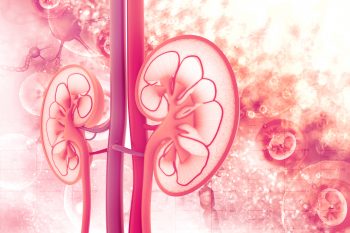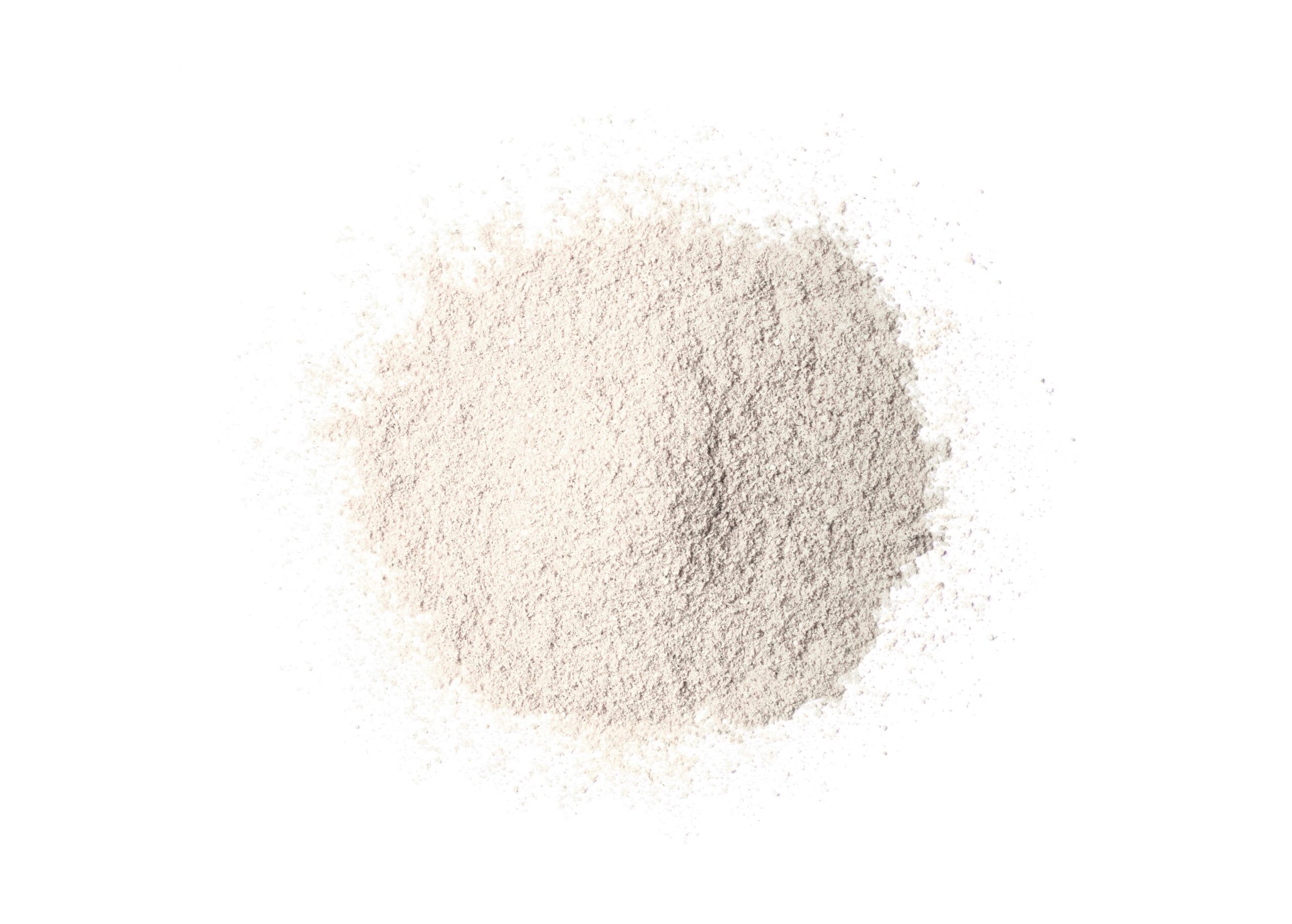
Hospitalized patients often develop hyperkalemia, a common electrolyte disorder. However, according to Katherine E. Di Palo, PharmD, and colleagues there are few data available on the usefulness of administering patiromer for reduction of serum potassium levels in hospitalized patients with hyperkalemia.
The researchers conducted a cohort study designed to evaluate the outcomes associated with patiromer as monotherapy in patients with acute hyperkalemia in an acute care setting. Results of the study were reported online in JAMA Network Open [doi:10.1001/jamanetworkopen.2021.45236].
The study utilized electronic health record (EHR) data from adult patients treated with patiromer for acute hyperkalemia in emergency departments, inpatient units, and intensive care units at an urban, academic medical center in the Bronx, New York, between January 30, 2018, and December 31, 2019. Data were analyzed between June 2020 and February 2021.
The study exposure was a single dose of patiromer (8.4 g, 16.8 g, or 25.2g). The primary outcome of interest was the mean absolute reduction in serum potassium level from baseline at three distinct time intervals following administration of patiromer: 0 to 6 hours, greater than 6 to 12 hours, and greater than 12 to 24 hours. Secondary outcomes were the incidence of hypokalemia and potassium reduction stratified by baseline potassium level and care setting.
During the study period, a total of 881 unique encounters of patiromer administration in an acute care setting were identified. Mean age of the cohort was 67.4 years and 52.6% of the encounters (n=463) were for male patients. Of the 881 encounters, 1.7% (n=15) of the patients identified as Asian; 37.9% (n=334) as Hispanic/Latinx; 38.4% (n=338) as non-Hispanic Black; 12.9% (n=114) as non-Hispanic White; and 9.1% (n=80) as other or unknown race/ethnicity.
In 42.0% of the encounters (n=370), patients were treated with renin-angiotensin-converting enzyme inhibitors prior to the hyperkalemia episode. Common comorbidities were heart failure with marked ejection fraction (161 encounters, 18.3%) and moderate-to-severe chronic kidney disease (665 encounters, 75.5%). Patiromer was administered in inpatient units (679 encounters, 77.0%); emergency departments (152 encounters, 17.3%); and intensive care units (50 encounters, 5.7%). Mean length of stay prior to patiromer administration was 5.4 days.
At baseline and prior to administration of patiromer, mean serum potassium concentration was 5.6 mEq/L, and most patients had mild or moderate hyperkalemia (potassium level, 5.1-5.5 mEq/L or 5.6-6.4 mEq/L, respectively). Patients had severe hyperkalemia (potassium level ≥6.5 mEq/L) in only 2.2% of encounters (n=19). The lowest dose (8.4 g) of patiromer was administered in 81.8% of encounters (n=721). Mean time from recording of baseline serum potassium levels in the EHR to administration of patiromer was 6.7 hours.
The mean reduction in serum potassium levels was 0.50 mEq/L at 0 to 6 hours, 0.46 mEq/L at greater than 6 to 12 hours, and 0.52 mEq/L at greater than 12 to 24 hours (P<.001 for all compared with baseline). The findings represent a mean relative reduction from baseline of 8.5%, 7.9%, and 9.0% at each respective time interval.
There was variation in both absolute and relative reduction in potassium across baseline potassium level categories; there was no variation by care setting. There appeared to be a trend toward a greater relative reduction in potassium levels associated with patiromer doses of ≥16.8 g compared with 8.4 g at greater than 12 to 24 hours.
In 82.3% of encounters (n=725), patients received no further doses of potassium binders in the 24 hours following the initial administration of patiromer; in 15.5% of encounters (n=137), patients received one additional dose and in 2.2% of encounters (n=19),patients received two or more additional doses. Of the patients receiving additional binder doses, mean time to administration was 14.8 hours. In 76 encounters, patients received at least one dose of insulin in the 24 hours following administration of patiromer within a mean of 13.5 hours from the initial dose. Other subsequent standard-of-care measures for hyperkalemia included furosemide treatment, hemodialysis, and intravenous calcium treatment.
In 0.2% of encounters (n=2), patients experienced an episode of hypokalemia, defined as serum potassium level of <3.5 mEq/L. In 10.0% of encounters (n=68), patients developed hypomagnesemia, defined as serum magnesium level of <1.7 mg/dL, following administration of patiromer. The two episodes of hypokalemia were mild and asymptomatic, with a serum potassium concentration between 3.2 and 3.4 mEq/L.
Limitations to the study findings cited by the authors included the lack of a control group, limiting the ability of the researchers to determine whether observed reduction in potassium levels were associated with patiromer alone; in addition, the absence of a protocol for treatment and monitoring of hyperkalemia necessitated the exclusion of observations in each time interval if a laboratory blood sample was not obtained.
In conclusion, the researchers said, “In this cohort study of patients with acute, non-life-threatening hyperkalemia, a single dose of patiromer was associated with a significant decrease in serum potassium level and a low incidence of hypokalemia. The findings suggest that episodes of non-life-threatening hyperkalemia may be treated with patiromer monotherapy in an acute care setting to help minimize the risk of hypokalemia associated with other potassium control measures.”
Funding for this study was provided by Vifor Pharma, Inc.
Takeaway Points
- Researchers reported results of a cohort study designed to examine outcomes associated with patiromer as monotherapy in patients with acute hyperkalemia in an acute care setting.
- The analysis included 881 encounters of patients treated for acute hyperkalemia; patiromer was associated with a significant reduction in serum potassium levels within the first 6 hours of administration.
- Both absolute and relative potassium reduction from baseline varied across severity of baseline hyperkalemia but not by care setting.







 © 2025 Mashup Media, LLC, a Formedics Property. All Rights Reserved.
© 2025 Mashup Media, LLC, a Formedics Property. All Rights Reserved.